2017 – ongoing.




Built at the turn of the 20th and 21st centuries, the "Golden Townhouses" on Długie Ogrody Street in Gdańsk are a classic example of postmodernist architecture. Featuring corner towers, colorful facades, gilded details, dark mirrored windows, and decorative elements like Medusa heads, they represent the eclectic style of the era. Designed by Stanisław Michel, the complex – formerly known as Artus Park, now Waterfront – consists of five interconnected office buildings totaling 12,000 m². Despite Michel’s notable contributions to Gdańsk’s postwar urban planning, in 2013, the building was voted one of the ugliest in the Tri-City area. The complex gained notoriety during one of the most famous scandals related to the parabanking sector as the headquarters of the Amber Gold company. It is now set to be demolished and replaced by a residential building with ground-floor commercial space.









Several of the projects by Wojciech Jarząbek, one of the most renowned postmodernist architects in Poland in the 1980s and 1990s. Although Jarząbek's contemporary designs are less controversial, many of his period projects have undergone modern interventions to soften their character. Jarząbek's most famous design, the Solpol department store, was demolished in 2022, despite lengthy efforts to have it recognized as a postmodern architectural monument. Currently, no buildings in this style are protected in Poland.

The procedure to enlist Częstochowa railway station as a cultural monument was started and then dismissed.Officials have reported that it is too large and expensive to maintain. Demolition started in 2025.


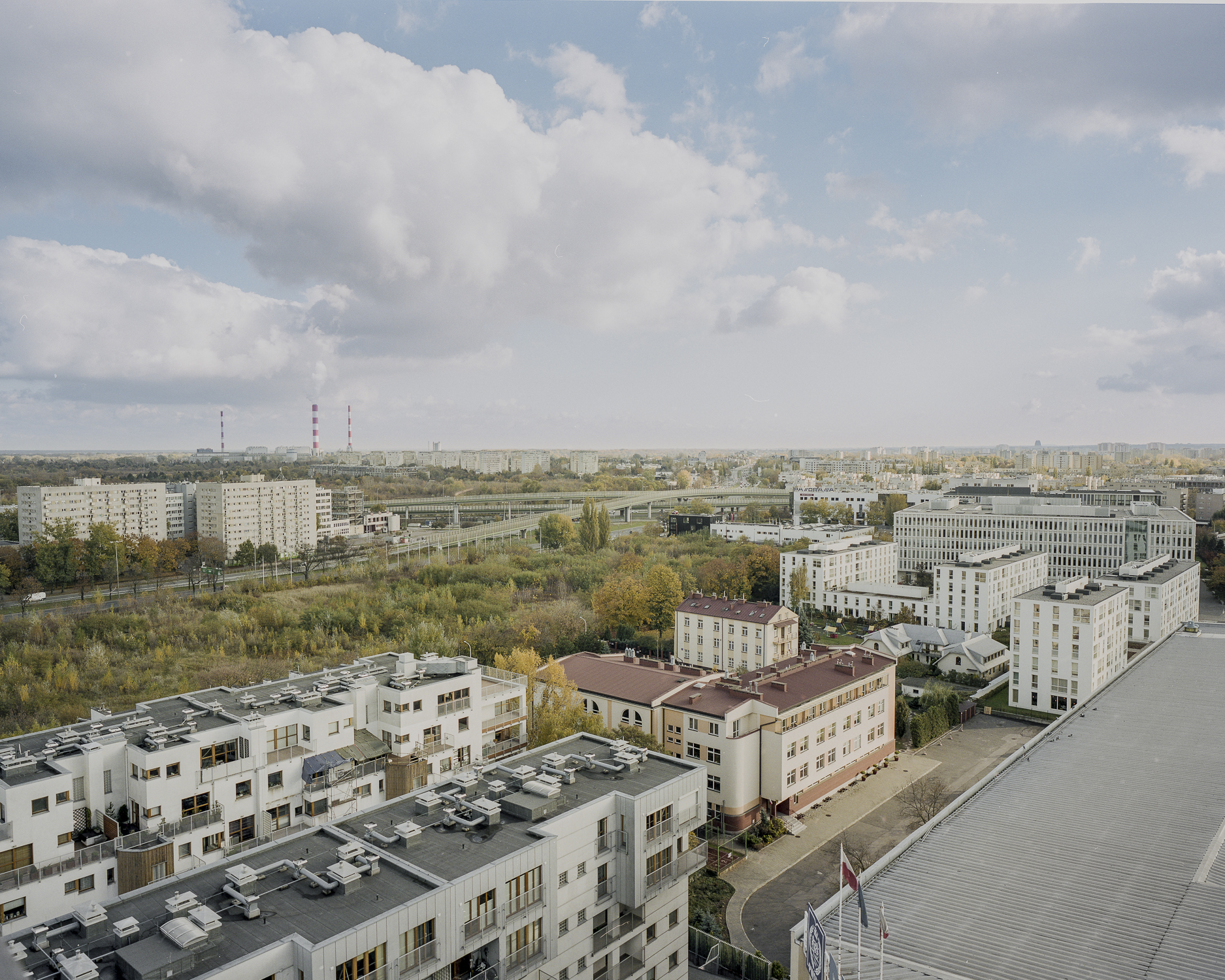
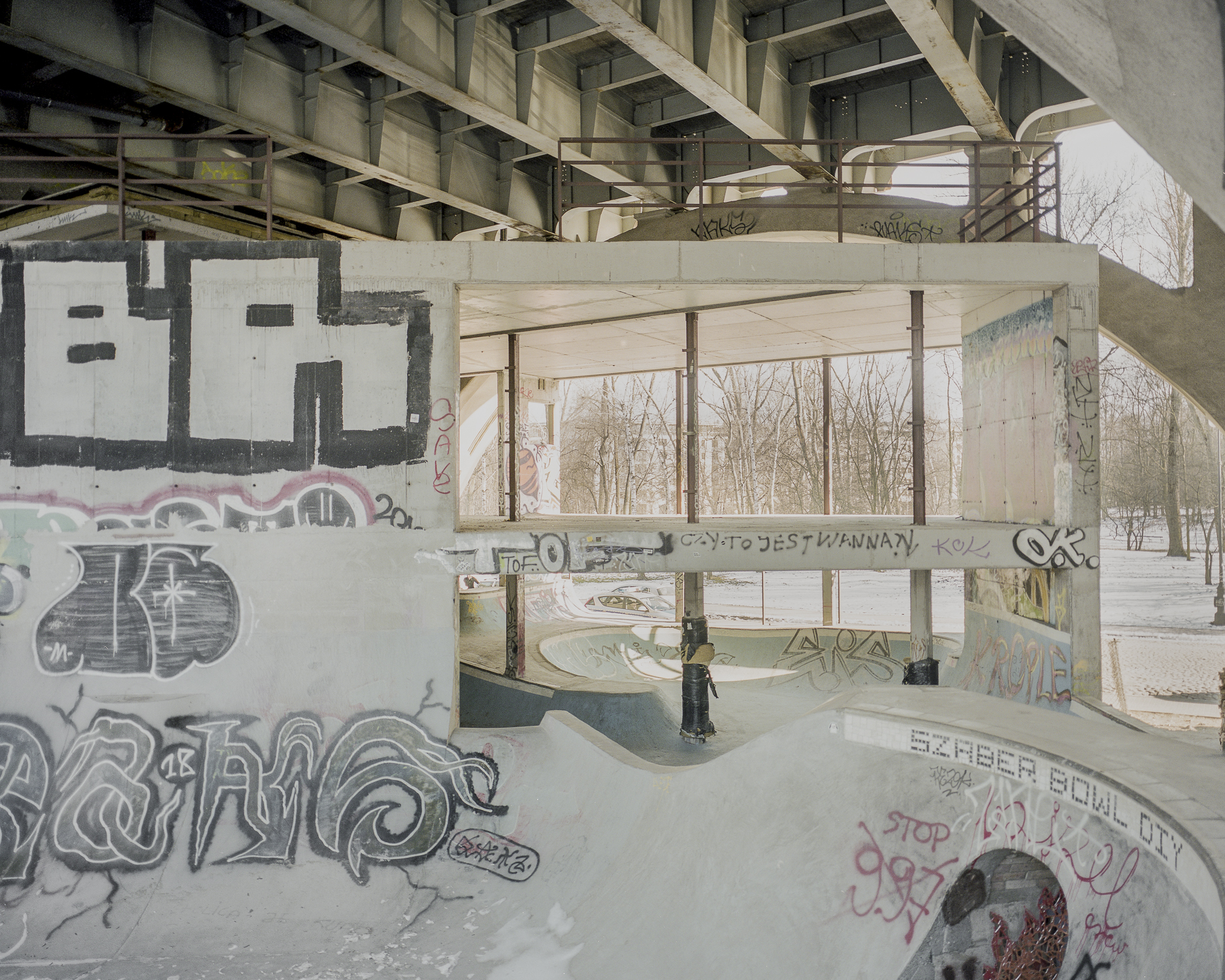

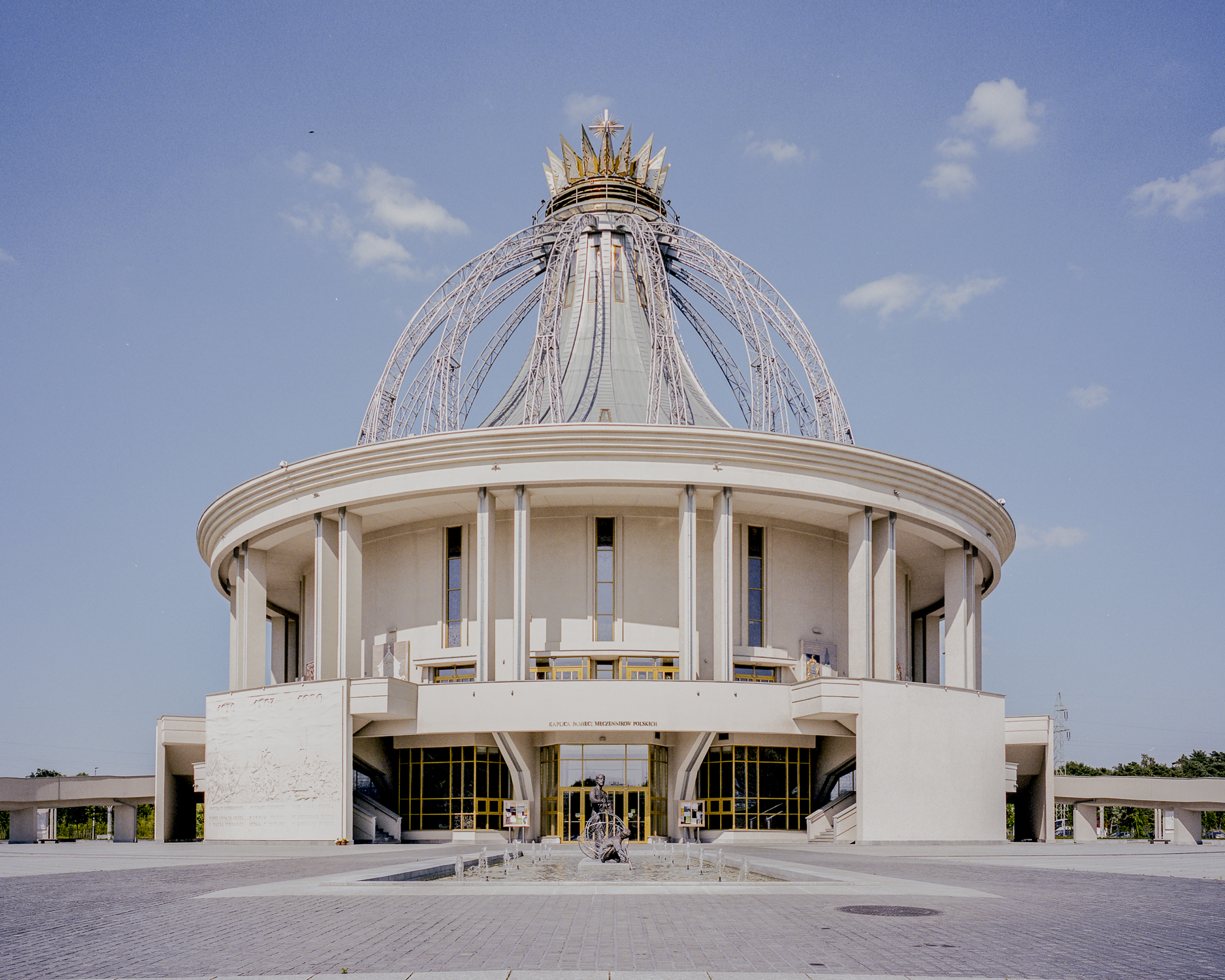






The complex of 90 houses on Jazdów was built in 1945 as the first housing estate in post-war Warsaw intended for housing employees of the Office for the Reconstruction of the Capital (BOS). The wooden houses were part of the Soviet Union's first aid package for the destroyed city, and came from war reparations that Finland was forced to pay to the Soviet Union after World War II.
In 2011, the mayor of the Śródmieście district, Wojciech Bartelski, took action to demolish the houses as they were inappropriate for such a prestigious location. In 2015, the district withdrew these plans after protests. In 2024, several of the approximately 20 houses were inhabited. The rest were made available by the Śródmieście District Office to various NGOs.
In 2011, the mayor of the Śródmieście district, Wojciech Bartelski, took action to demolish the houses as they were inappropriate for such a prestigious location. In 2015, the district withdrew these plans after protests. In 2024, several of the approximately 20 houses were inhabited. The rest were made available by the Śródmieście District Office to various NGOs.




Bliska Wola Tower, a 95-meter-high residential complex in Warsaw's Wola district, is located on the site of the former VIS Factory, a historic producer of tools, machines, and munitions. The tower, developed by J.W. Construction, faced legal disputes over 157 units classified as hotel rooms, preventing residents from obtaining ownership documents from city authorities. Its high-density design and close proximity of windows have drawn comparisons to Hong Kong's overcrowded housing blocks, sparking criticism from urban planners and residents.
The Bliska Wola Tower estate is one of the most striking examples of the transformation of Wola – a former industrial district of Warsaw – into an office and residential district, as well as an example of the lack of a coherent policy related to housing construction and spatial planning in Poland.
The Bliska Wola Tower estate is one of the most striking examples of the transformation of Wola – a former industrial district of Warsaw – into an office and residential district, as well as an example of the lack of a coherent policy related to housing construction and spatial planning in Poland.
Odolany, a district of Warsaw that, after its post-war reconstruction, was home to large industrial plants – including the Świerczewski and Waryński factories – and was also the location of one of the city's major railway junctions – has in recent years become one of the most visible examples of the ongoing shift from industrial to residential use in the Polish capital. However, the dynamic development of multi-family housing in accordance with new legal standards has meant that the estate continues to struggle with significant infrastructure problems – inadequate transport links, traffic jams, and smog. In several places, the small industrial plants remaining within the estate border residential buildings.



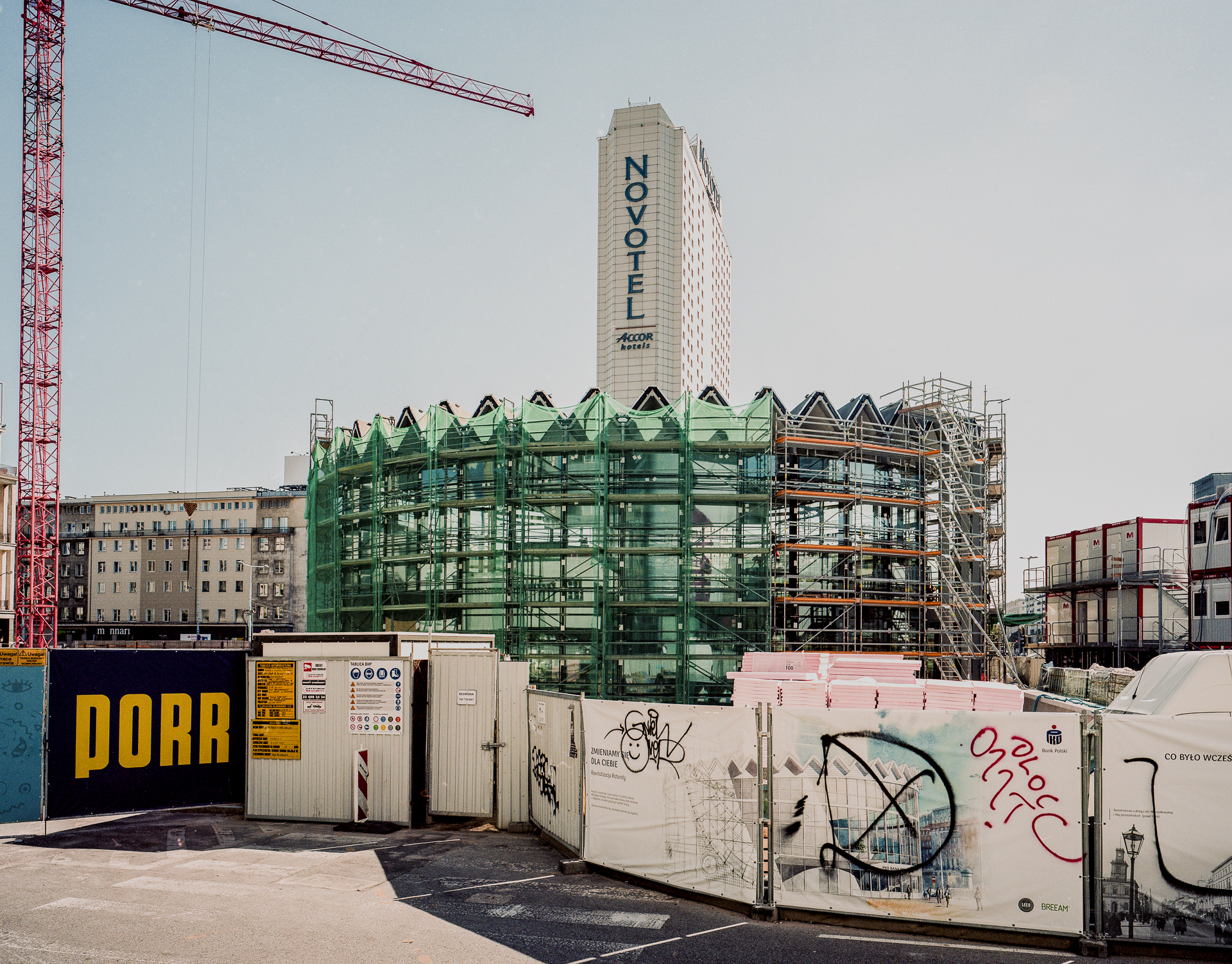
The tunnel, which connected Złota Street with Plac Defilad in the very center of Warsaw, was closed at the end of June 2024. Once filled, a green square with rest and recreation areas, as well as a reservoir, will be created in its place. The filling of the tunnel under Marszałkowska Street is one of the stages of a larger redevelopment of Warsaw's city center, as part of the New Center of Warsaw project announced in 2019, which will transform the central area into a pedestrian-focused space.


Łódź. Remains of former quarter of houses on Składowa street, demolished to make space for the new Łódź Fabryczna train station.






Wyspa Spichrzów in Gdańsk, once a historic granary district, was long considered the city's anti-business card, awaiting an investment transformation. In the second half of the 2010s, articles optimistically forecast the impact of new investments on the island. Later, the most expensive apartments in Poland were reported to be located there. Crystal mirrors, gold mosaics, and marble floors.
It has been heavily redeveloped into a dense cluster of luxury apartments and short-term rentals. The area is now dominated by Airbnb and Booking.com listings, earning it the nickname “Booking.com Island.” Tourists fill the island year-round, leading to frequent complaints about noise, lack of community, and the non-existence of local life. While visually appealing, the island is now a mentioned as an example of overtourism and poor urban planning.
It has been heavily redeveloped into a dense cluster of luxury apartments and short-term rentals. The area is now dominated by Airbnb and Booking.com listings, earning it the nickname “Booking.com Island.” Tourists fill the island year-round, leading to frequent complaints about noise, lack of community, and the non-existence of local life. While visually appealing, the island is now a mentioned as an example of overtourism and poor urban planning.



In 2023, Adam Mickiewicz University in Poznań announced the closure and potential sale of the Jowita Student Housing building. Jowita, a 13-story modernist student dormitory completed in 1964, is one of the architectural landmarks near Rondo Kaponiera in Poznań. Designed by Witold Milewski and Zygmunt Skupniewicz, it features a striking white façade made from broken porcelain tiles and once offered upgraded rooms for university students and fair visitors. The decision sparked a student protest and occupation of the building, ended after government assurances of funding for renovation and commitments to expand student housing nationwide. Currently, the building is empty.
Osiedle Przyjaźń, originally built in 1952 to house Soviet workers constructing the Palace of Culture and Science, later became student housing in 1955, accommodating 3,000 students and faculty under the new name "Przyjaźń.". The settlement, with its wooden buildings and community facilities, remains a historic site.
Recently, tensions have arisen between residents and Warsaw city authorities after the Academy of Special Education ended lease agreements, leading to accusations of forced evictions. While the city claims it is addressing illegal occupancy, activists from the "Przyjaźń" collective accuse Mayor Rafał Trzaskowski of conducting wild evictions without court orders, alleging that officials, accompanied by police, have forcibly removed occupants, including families with children and the elderly. Legal experts suggest that bypassing judicial procedures in such matters could be deemed illegal.
Recently, tensions have arisen between residents and Warsaw city authorities after the Academy of Special Education ended lease agreements, leading to accusations of forced evictions. While the city claims it is addressing illegal occupancy, activists from the "Przyjaźń" collective accuse Mayor Rafał Trzaskowski of conducting wild evictions without court orders, alleging that officials, accompanied by police, have forcibly removed occupants, including families with children and the elderly. Legal experts suggest that bypassing judicial procedures in such matters could be deemed illegal.
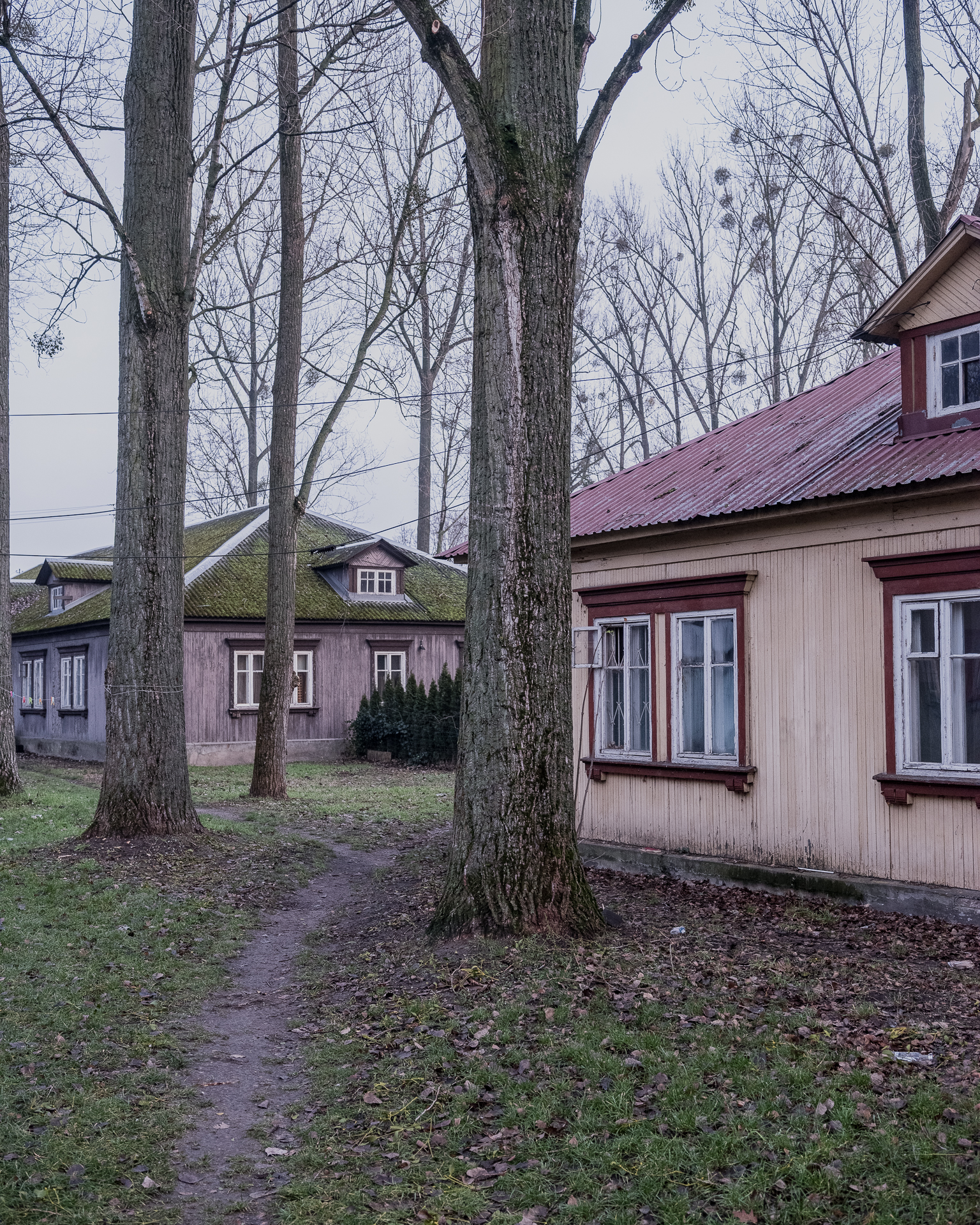


Decentrum was one of the biggest squats in Polish independent scene history. Located in Białystok and active between 2000 and 2005 with additional reopening in 2006, it became a centre of very active local scene and home of various anarchist, activist and artist collectives. It was evicted to prepare the building – owned by the city – for sale in 2006. It is still empty and unused today.
The building on the corner of Paderewskiego and Szkolna, next to Poznań’s Old Market Square. After WW2, it housed a Moda Polska departament store. In 1999, Elektromis bought part of the shares. The store closed at that time, and workers entered the building, tearing off plaster, tiles, and wallpaper. Elektromis justified the move with a renovation order. The work was likely intended to force the co-owners to sell their shares and move out. However, the renovation was carried out without the required permits, so the building inspectorate halted it. In 2007, the buildings were purchased by another company, but it lost interest in the property, and its owners disappeared, leaving behind millions in debt.
From 2012 to 2015, the building housed a squat called Od:zysk. The new owner decided to pay the squatters 125,000 PLN to move out. The anarchists announced that the money would be used to support the Wielkopolska Tenants' Association.
Since then, the building has been empty. According to information from 2024, the investor plans to turn it into a hotel.
From 2012 to 2015, the building housed a squat called Od:zysk. The new owner decided to pay the squatters 125,000 PLN to move out. The anarchists announced that the money would be used to support the Wielkopolska Tenants' Association.
Since then, the building has been empty. According to information from 2024, the investor plans to turn it into a hotel.




Boszkowo-Letnisko is a popular holiday resort near Poznań, situated on Lake Dominickie. Decayed holiday resorts from the communist era have been rebuilt or demolished, and now a significant portion of the previously public areas have been occupied by private resorts and hotels.


